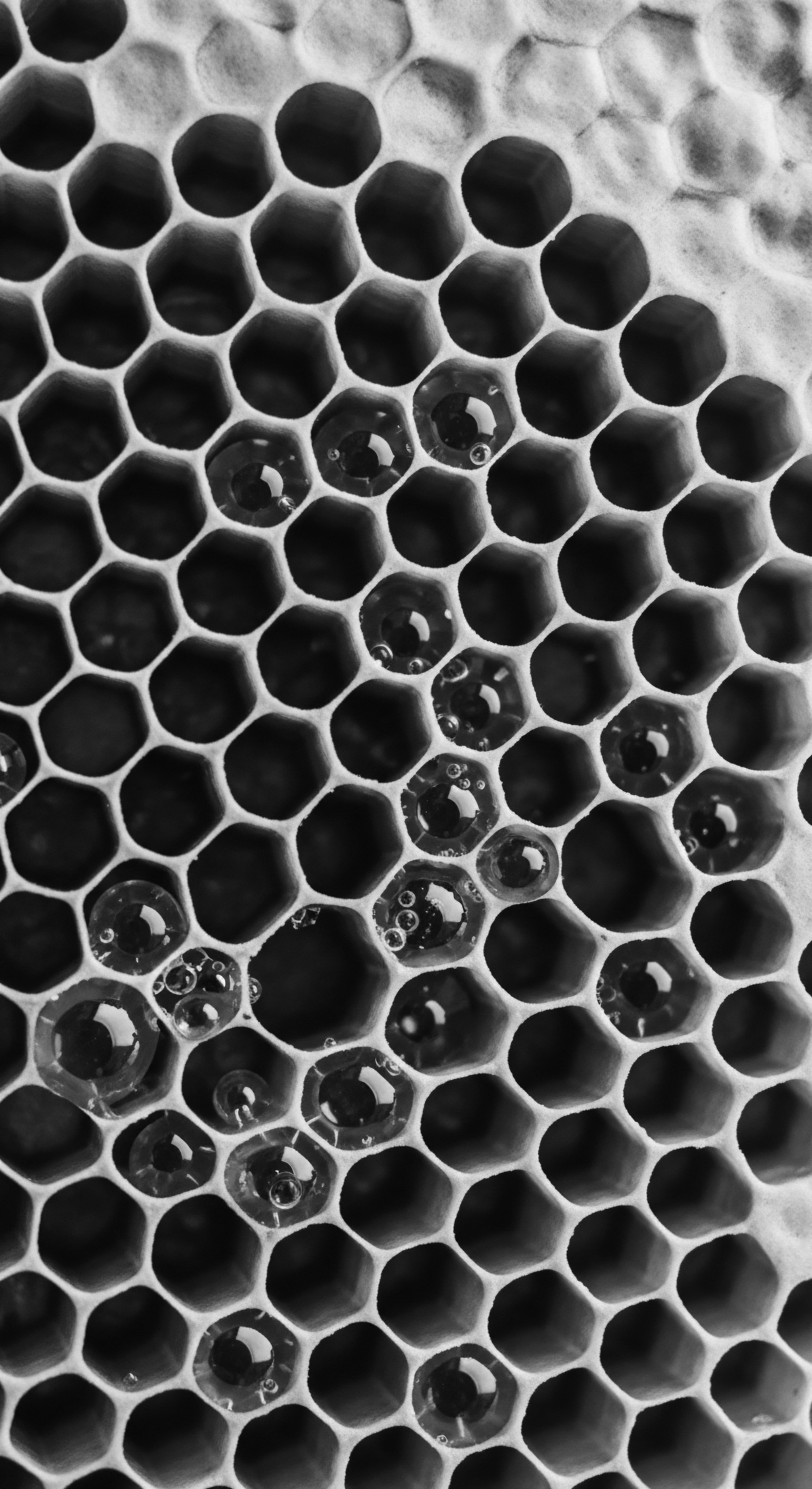
What is the biological reason textured hair loses moisture at night?
Textured hair loses moisture overnight due to its raised cuticle structure, uneven sebum distribution, and friction, a challenge met by ancestral protective heritage.

In what ways do silk bonnets honor textured hair heritage?
Silk bonnets honor textured hair heritage by preserving moisture, reducing friction, and connecting modern care to ancestral protection rituals.
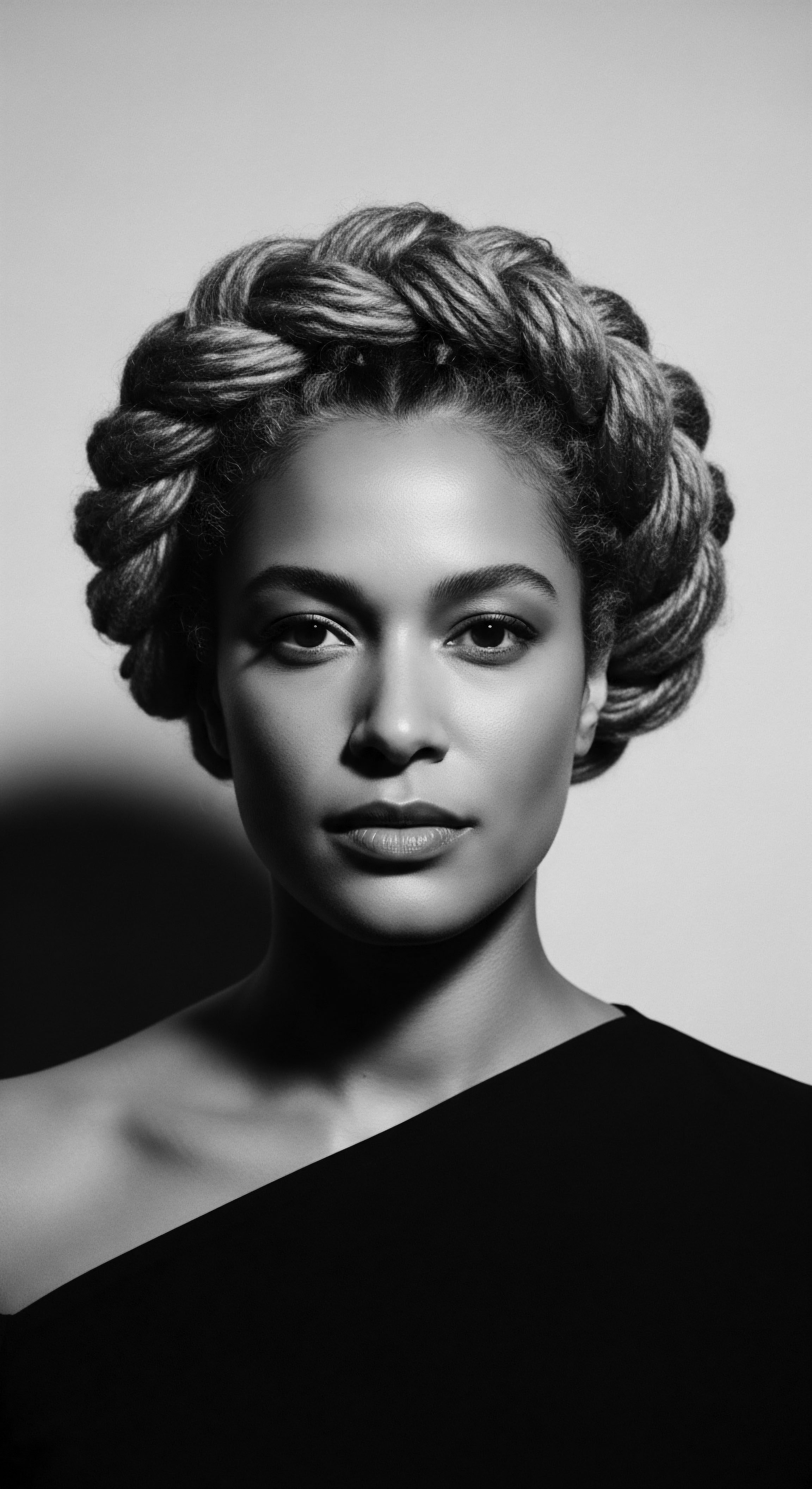
Can bonnets truly improve textured hair’s long-term resilience?
Bonnets enhance textured hair's long-term resilience by minimizing friction and retaining moisture, extending an ancestral heritage of protective hair care.
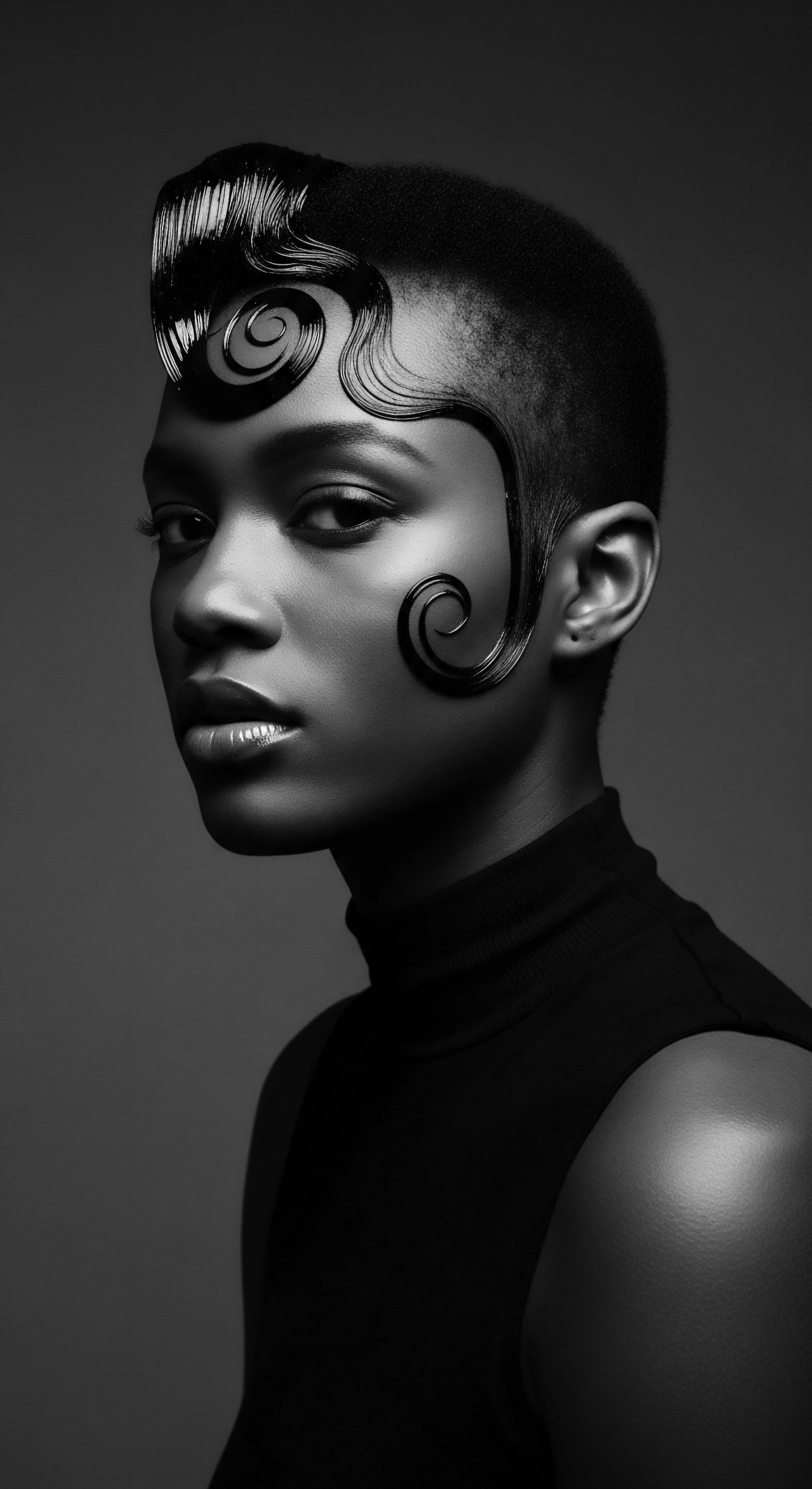
Why are smooth fabrics vital for textured hair sleep protection?
Smooth fabrics protect textured hair by reducing friction and preserving moisture, a practice rooted in deep ancestral knowledge and heritage.
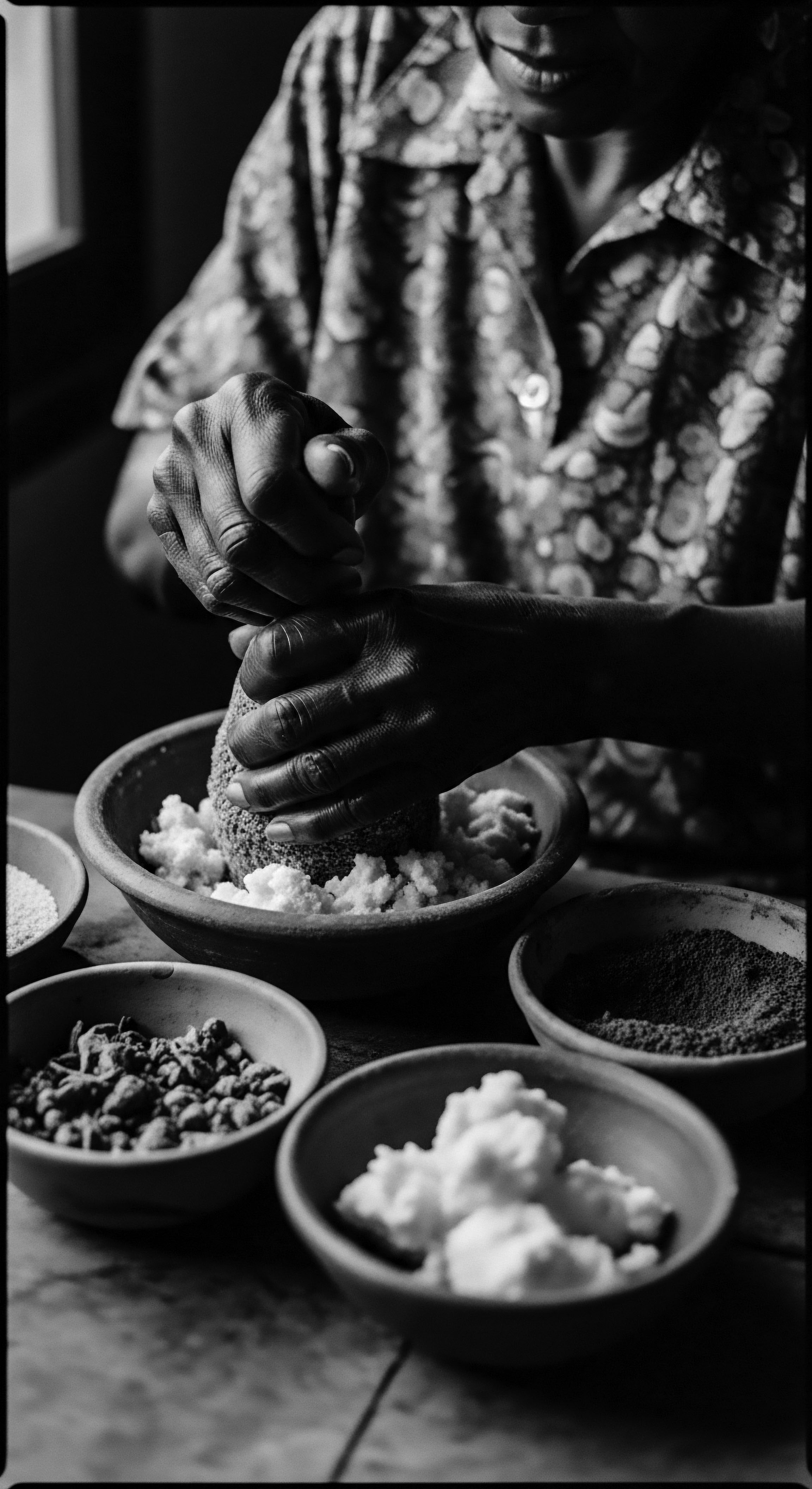
What traditional oils shield textured hair at night?
Traditional oils like shea butter and coconut oil shield textured hair at night by forming a protective barrier, reducing friction, and preserving moisture—a legacy of ancestral care.
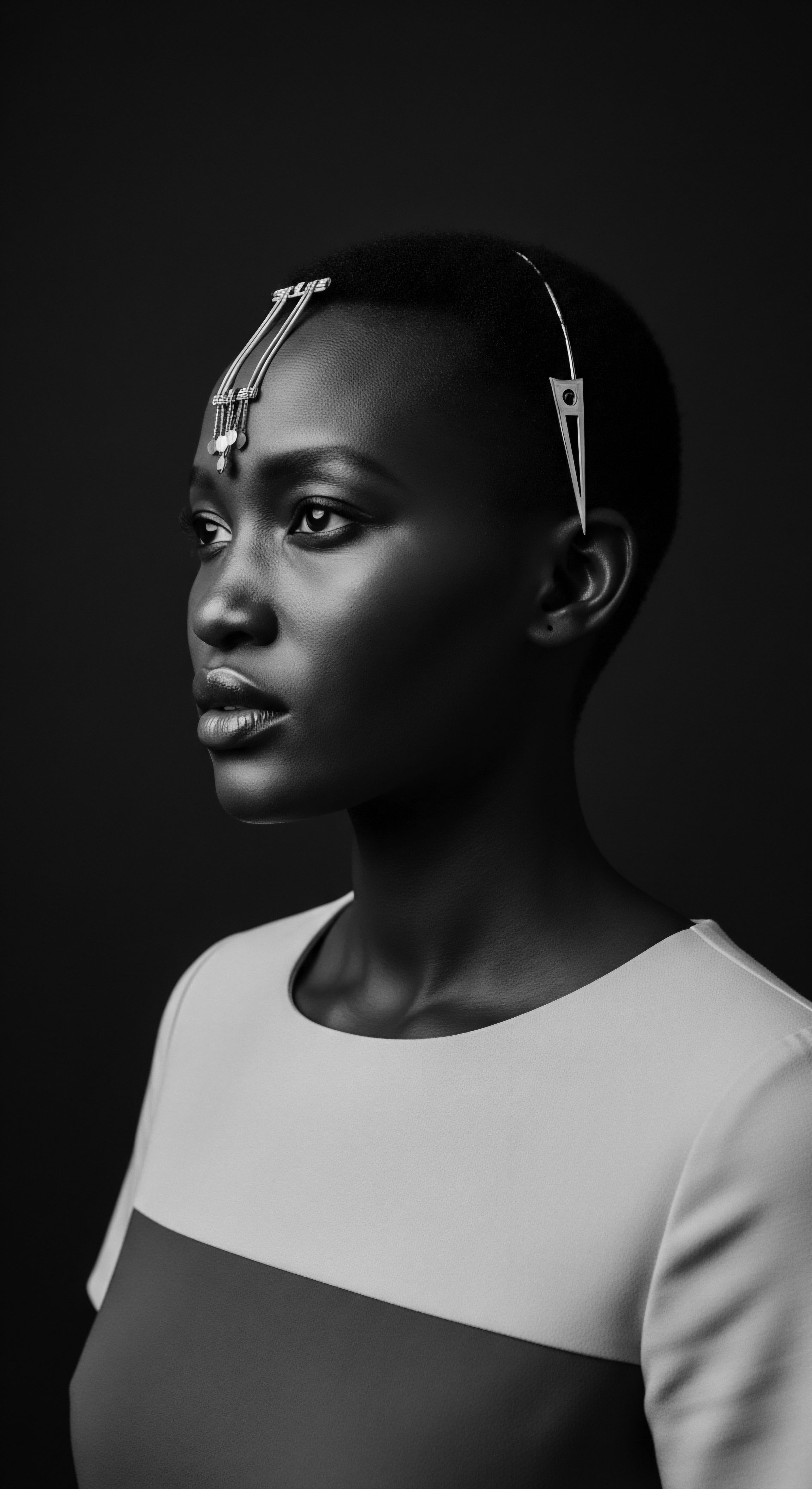
What is the historical significance of protecting textured hair overnight?
Protecting textured hair overnight holds deep historical significance as a practice rooted in ancestral wisdom for preserving cultural identity and hair health.

Why is night protection essential for textured hair?
Night protection for textured hair guards against friction and moisture loss, preserving its structural integrity and honoring ancestral care wisdom.
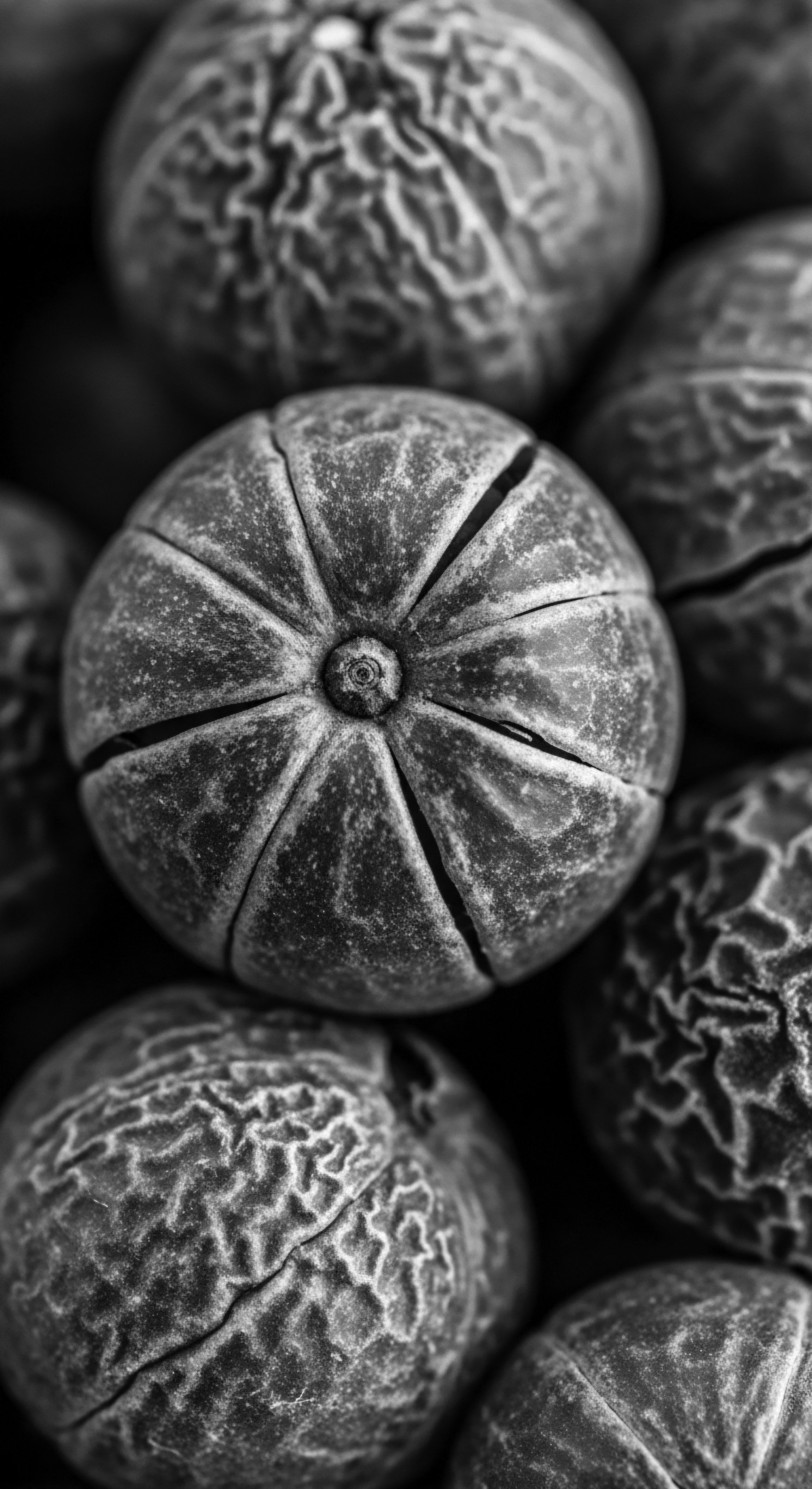
What ancestral oils were preferred for preserving textured hair moisture overnight?
Ancestral oils like shea butter and coconut oil were preferred for preserving textured hair moisture overnight by forming a protective barrier.
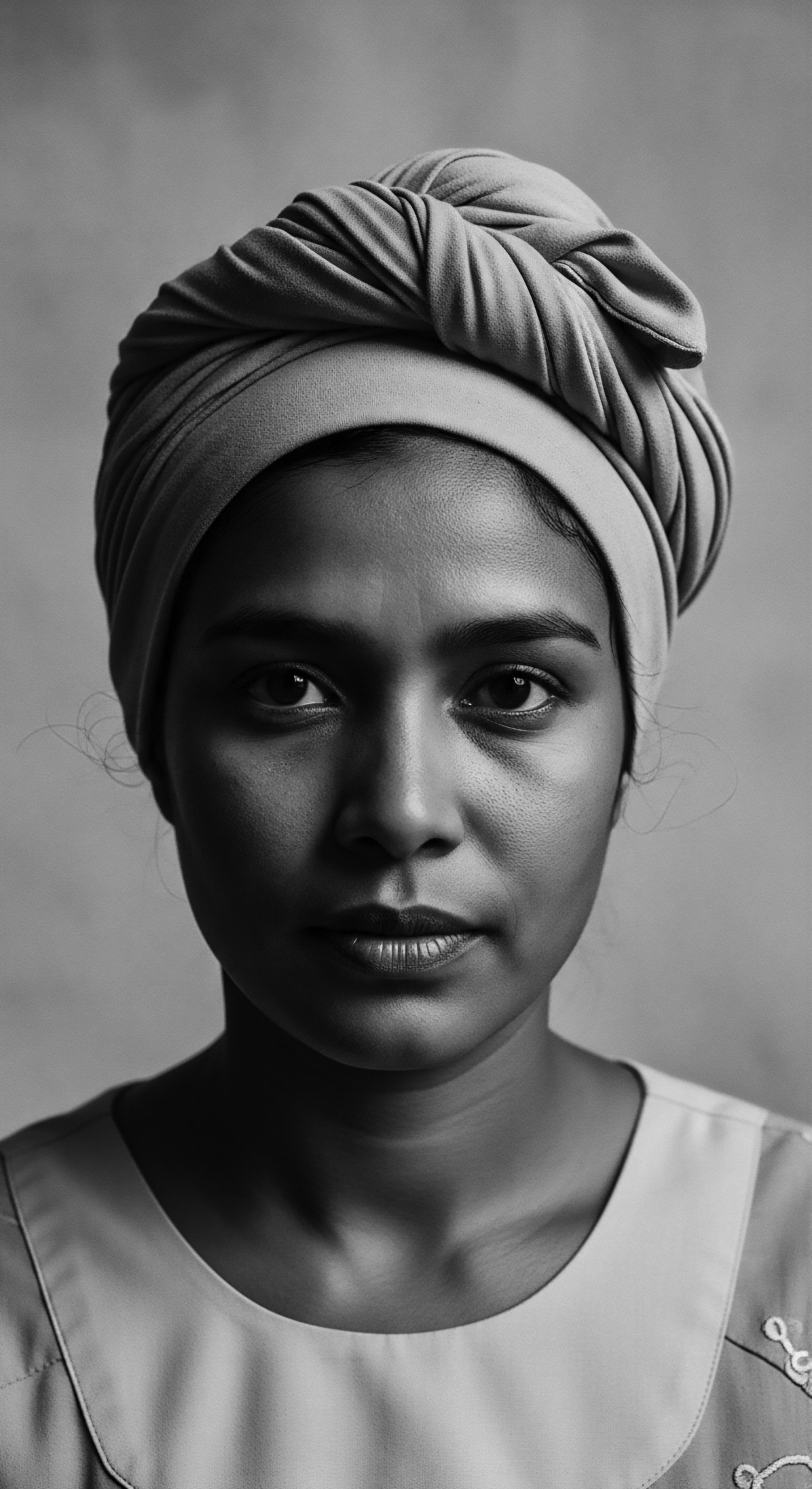
What materials best preserve textured hair health at night?
Silk and satin fabrics best preserve textured hair health at night by reducing friction and maintaining moisture, echoing ancestral care traditions.
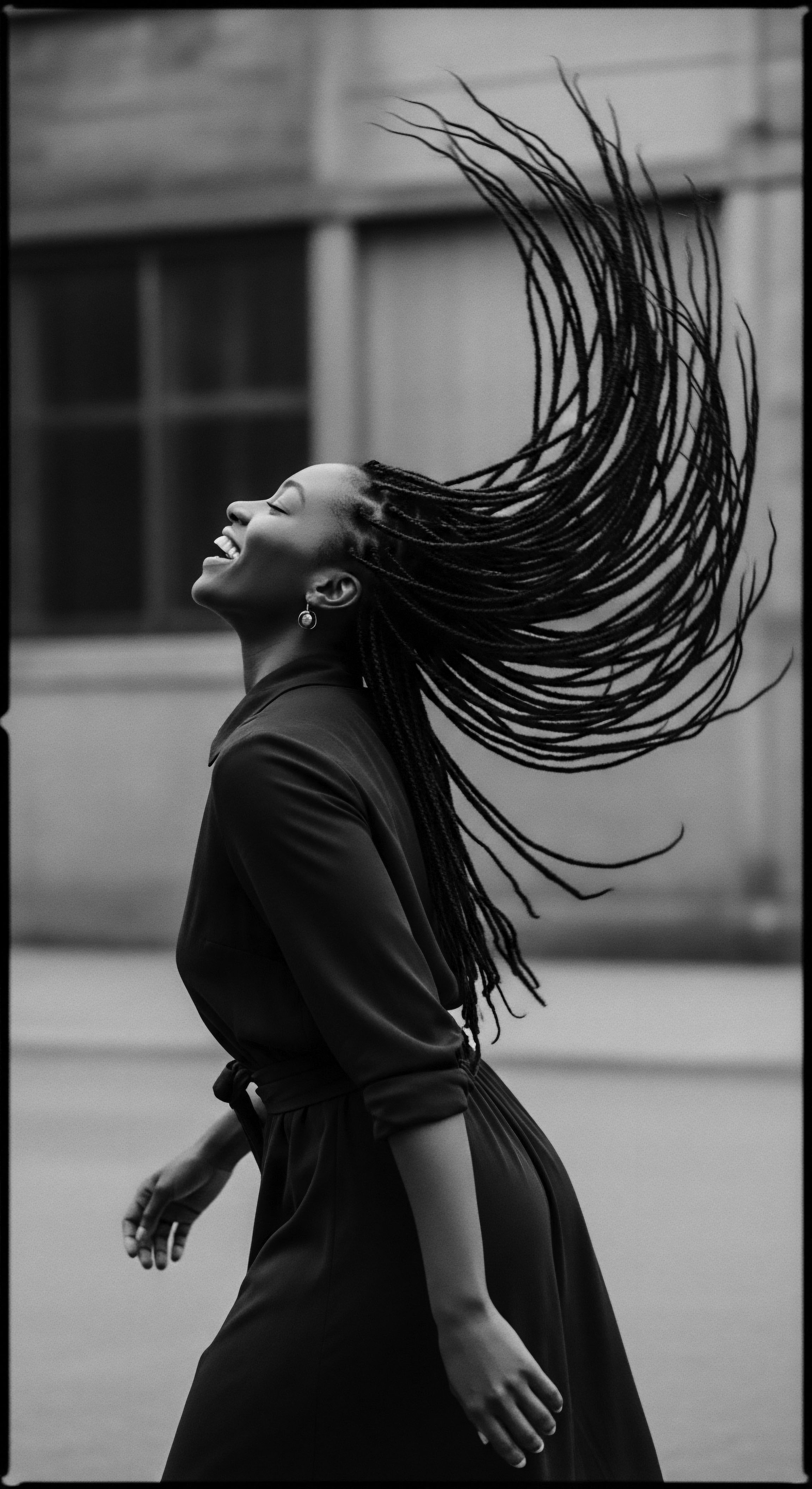
What ancient practices ensured lasting hydration for textured hair during sleep?
Ancient practices ensured lasting hydration for textured hair during sleep by using rich oils, protective styles, and smooth head coverings.

How does modern hair science validate ancestral night care heritage?
Modern hair science validates ancestral night care heritage by revealing how traditional practices protect textured hair's delicate structure and retain moisture.

Why do silk and satin protect textured hair at night?
Silk and satin minimize friction and preserve moisture for textured hair, continuing a heritage of protection passed through generations.
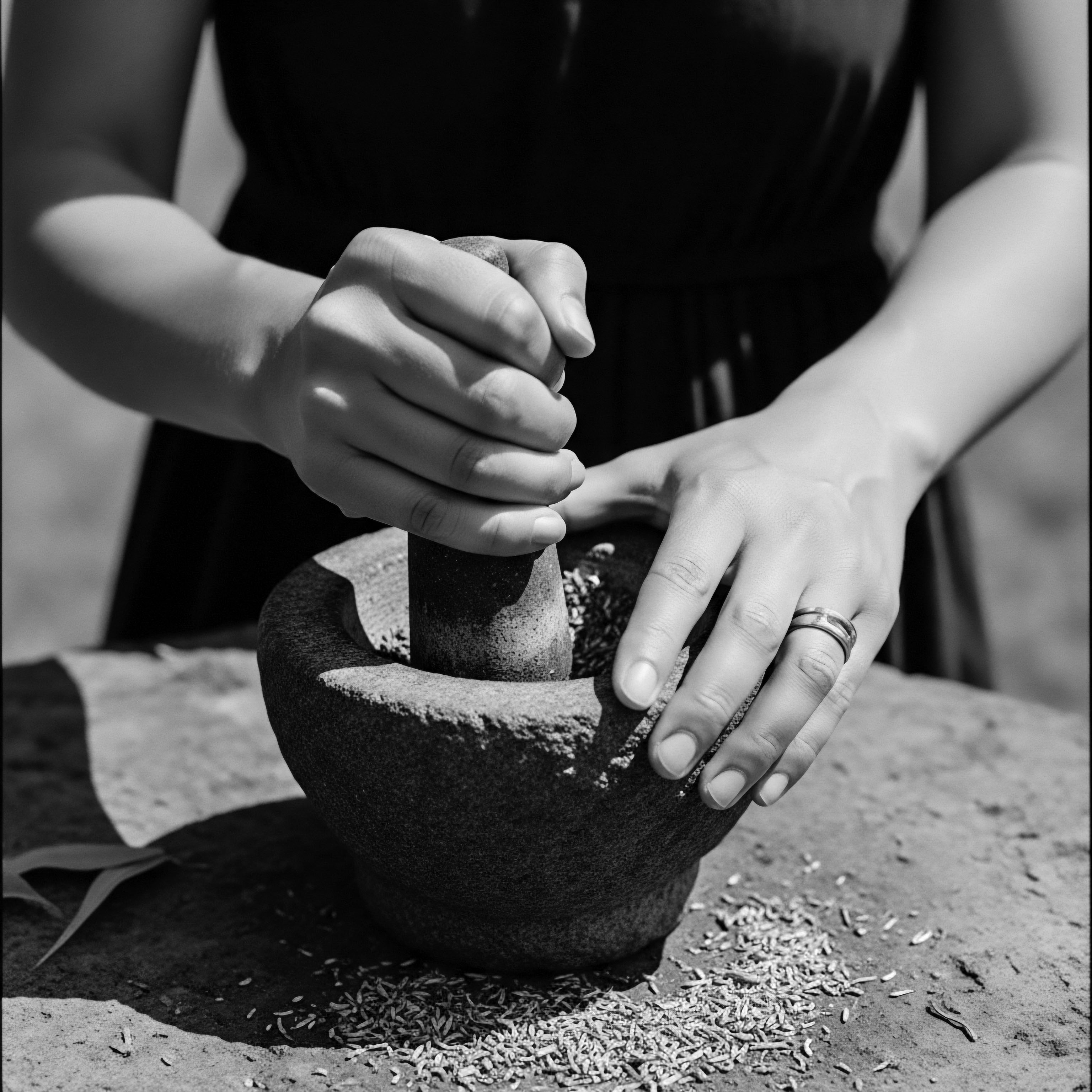
Can changing pillowcases improve moisture retention for textured hair?
Changing to a silk or satin pillowcase significantly improves moisture retention for textured hair, continuing a heritage of ancestral care.
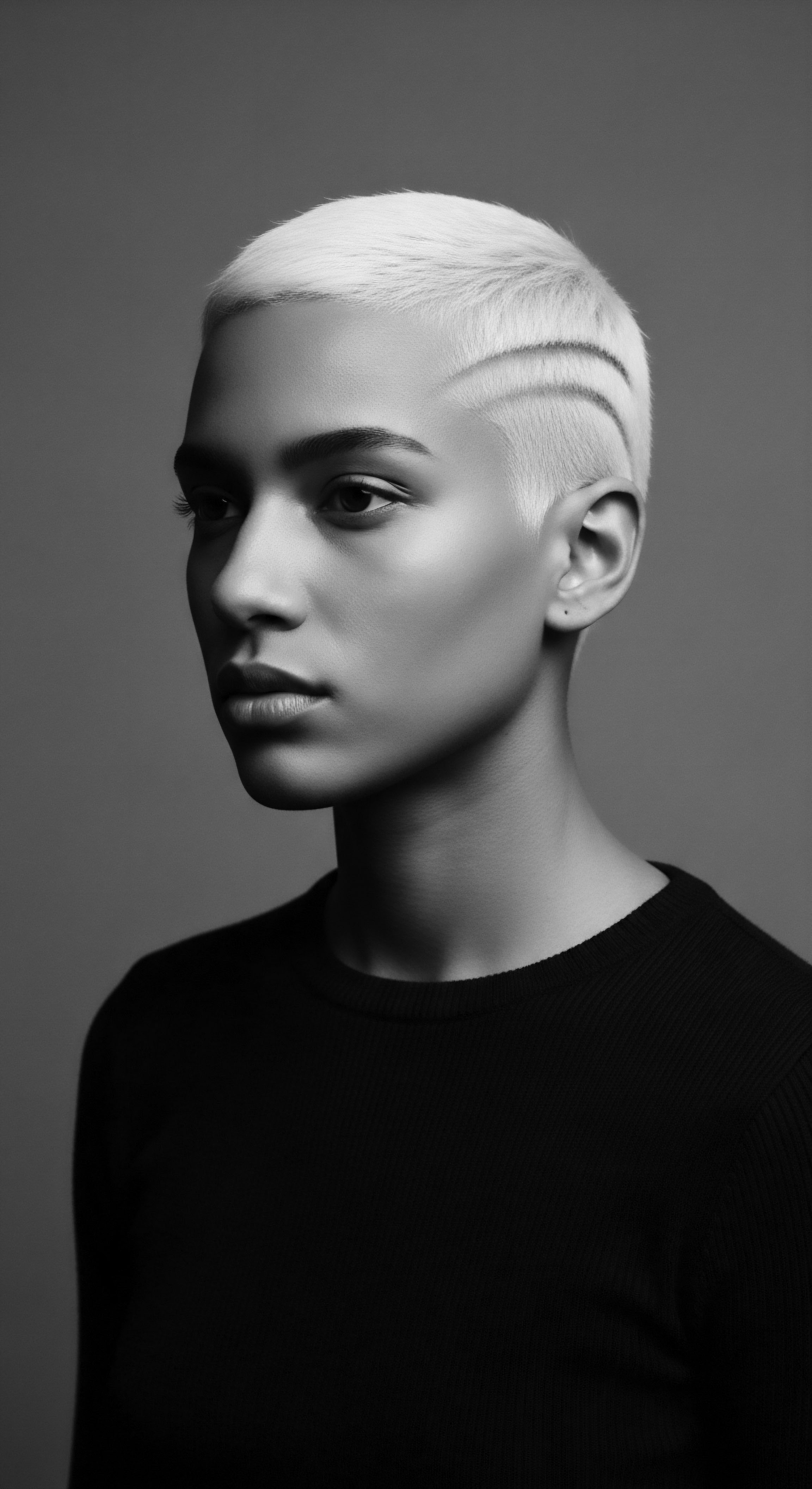
Can modern science confirm the historical benefits of nighttime hair care for textured hair?
Modern science confirms the heritage of nighttime care preserves textured hair by reducing friction and retaining moisture.
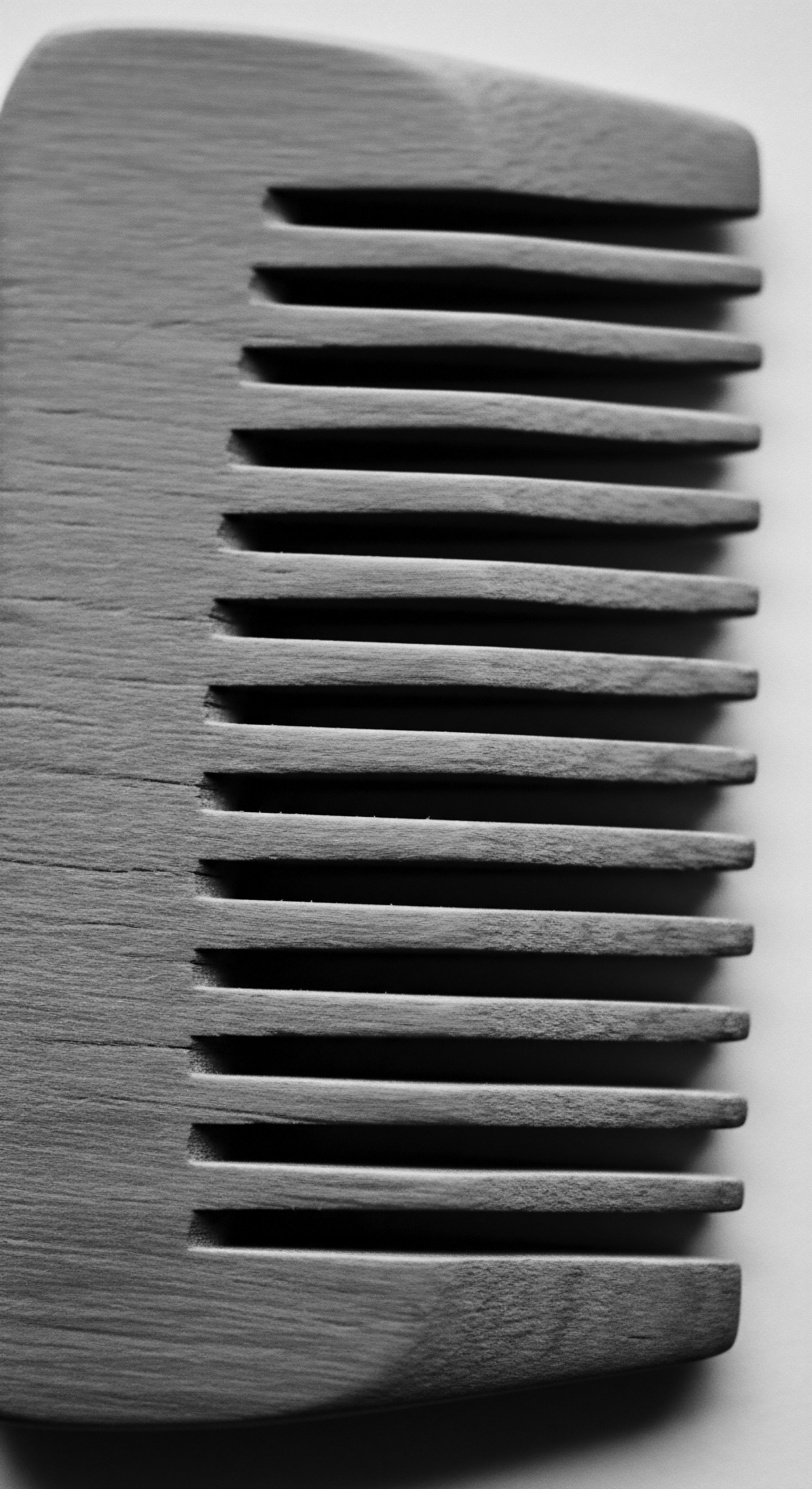
What ancestral practices link head wraps to holistic hair wellness?
Ancestral head wraps offer textured hair protection, moisture retention, and cultural identity through centuries of heritage.
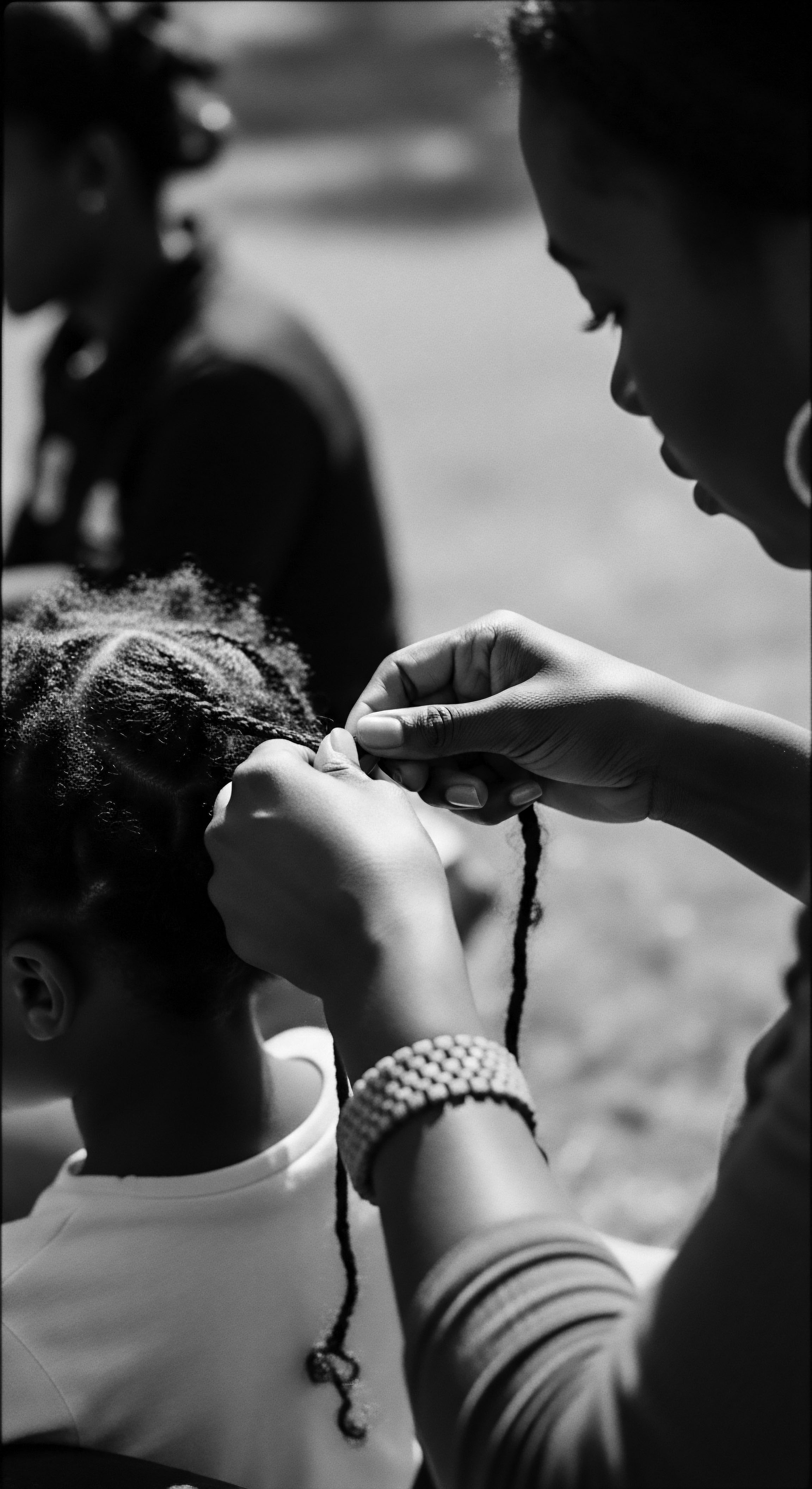
How do modern bonnets protect textured hair from damage?
Modern bonnets protect textured hair from damage by reducing friction and retaining moisture, extending an ancestral legacy of hair preservation.

How does night hair care reflect ancestral wisdom for textured hair?
Night hair care reflects ancestral wisdom by continuing ancient practices of protecting and nourishing textured hair, honoring its heritage.
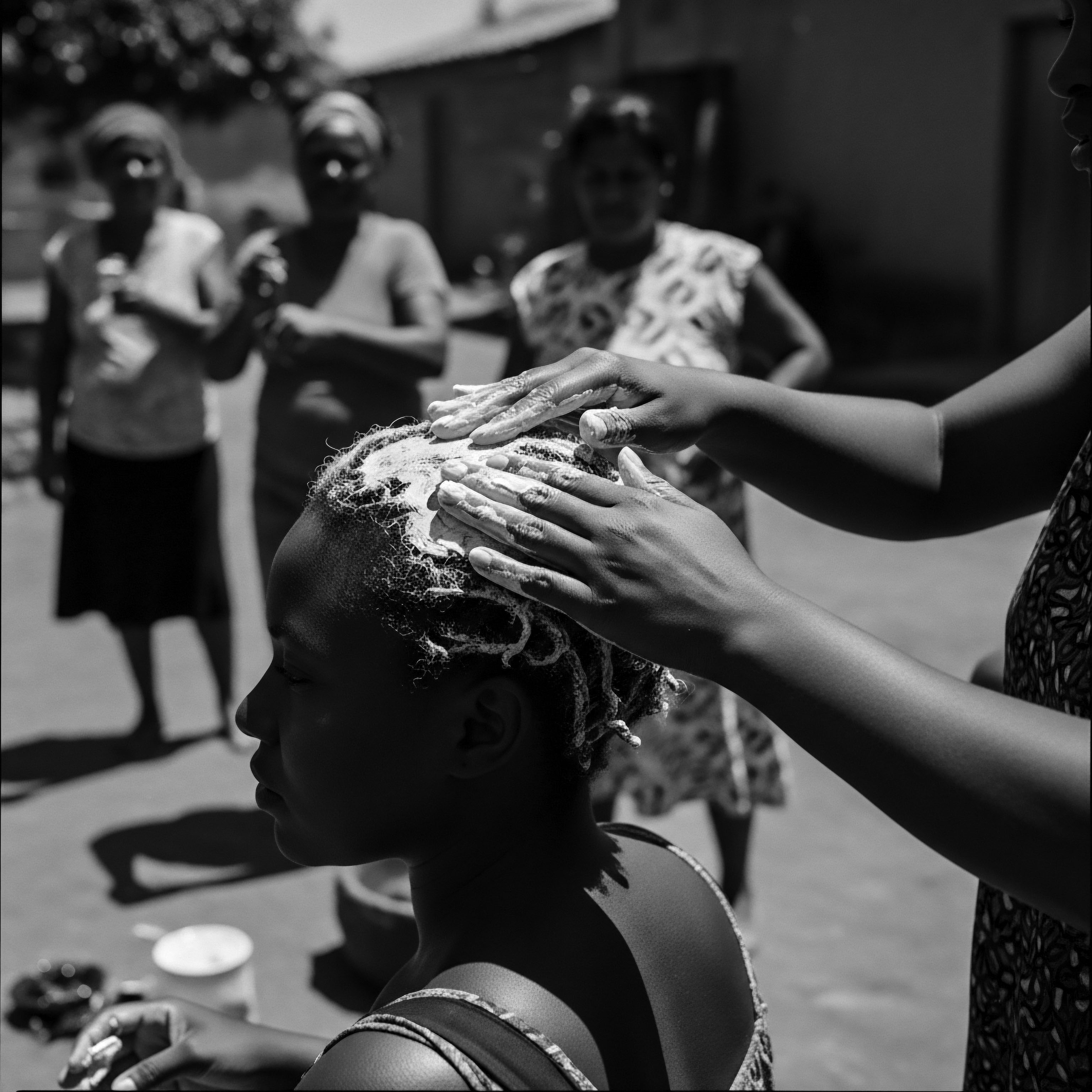
What historical significance does nightly hair oiling hold for heritage?
Nightly hair oiling holds profound historical significance, deeply rooted in textured hair heritage for moisture, protection, and cultural identity.
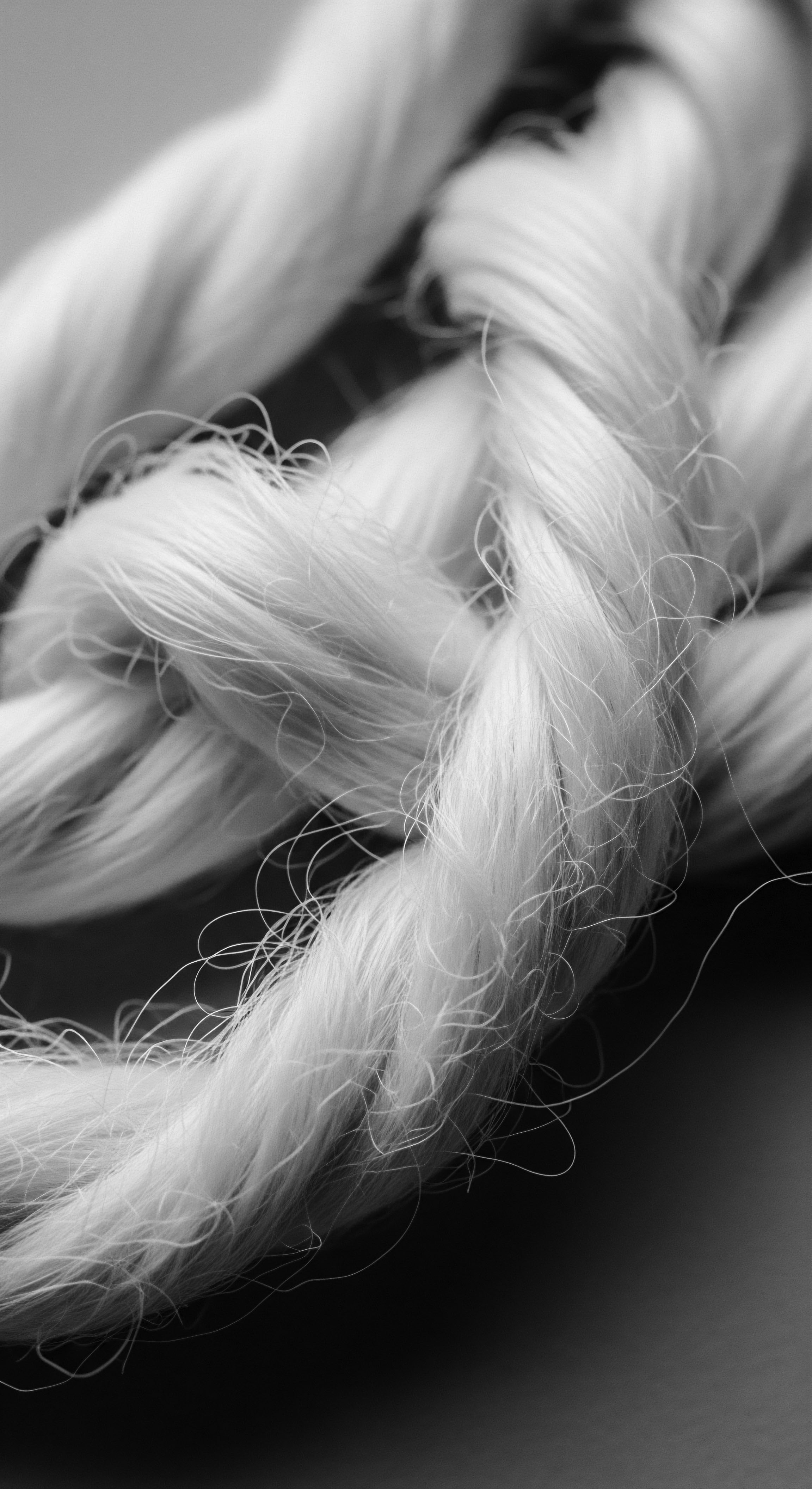
Can nighttime protection prevent damage to textured strands?
Nighttime protection safeguards textured hair by reducing friction and preserving ancestral styles, honoring deep heritage.
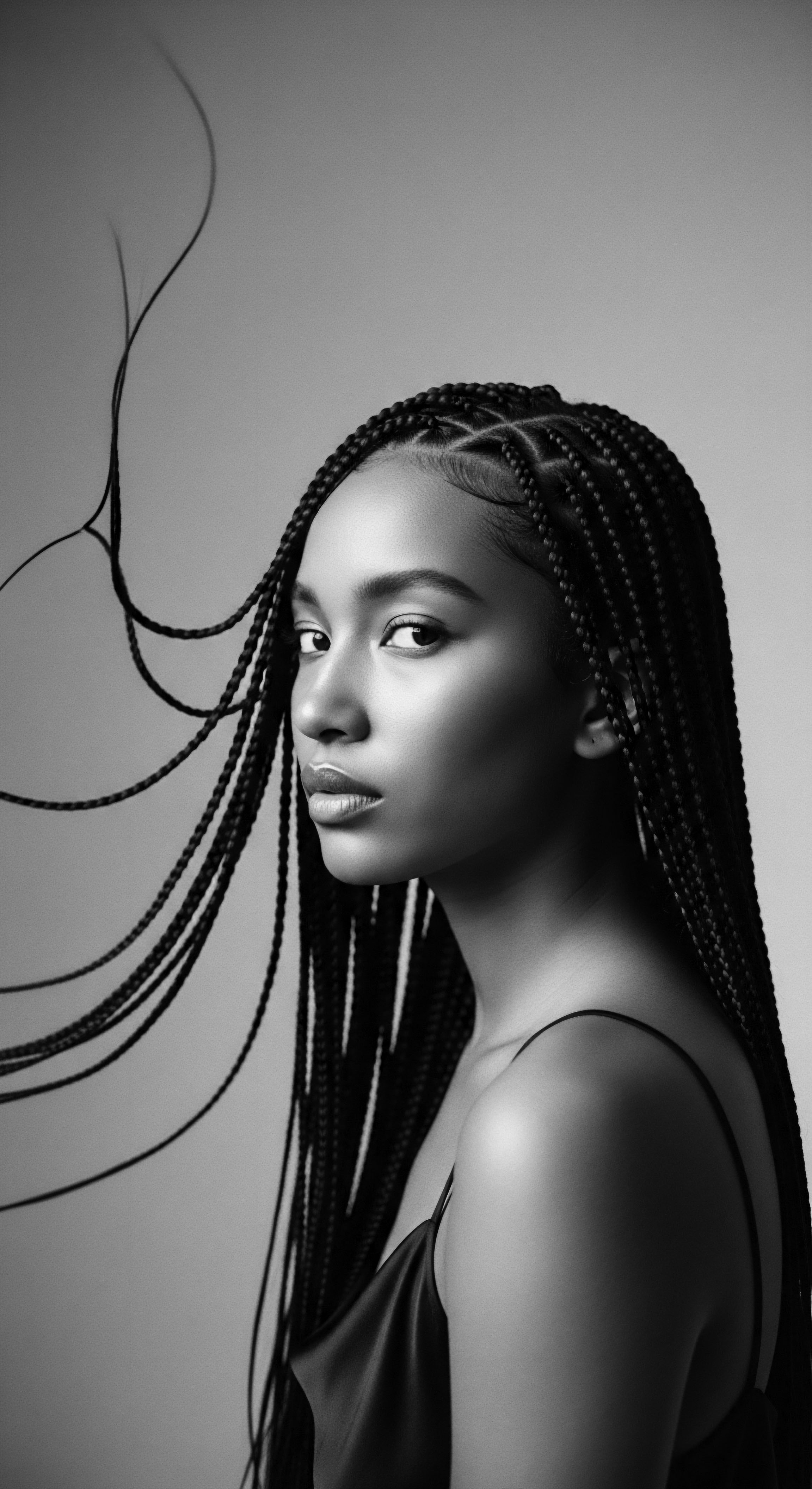
Which traditional oils nourish textured hair at night?
Traditional oils deeply nourish textured hair overnight, extending a heritage of moisture retention and strength through ancestral care.

